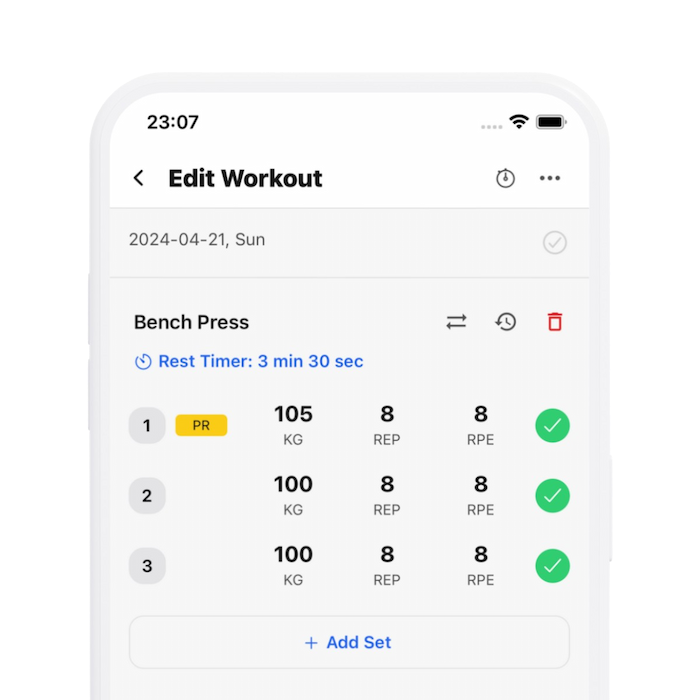30 Seconds SummarySumo vs Conventional Deadlift: How Should You Deadlift?
- Hip structure significantly influences individual comfort and strength in sumo and conventional deadlifts, rather than factors like height or limb lengths.
- No inherent difficulty difference between sumo and conventional deadlifts; it depends on personal strengths and weaknesses.
- Conventional deadlifts may be slightly easier on the quads, while sumo deadlifts can be easier on the back.
- Testing both deadlift styles for a few months and choosing the one that feels strongest and most comfortable with submaximal loads is advised for identifying the best style.
- Hip extension demands are nearly identical in both deadlift styles, with the difference in needed torque for hip extension being negligible.
- Sumo deadlifts demand more from the quads, while conventional deadlifts require more from the spinal erectors off the floor.
- Choosing a deadlift style should be based on personal experience with both variations rather than body type or popular opinion.
- Weaknesses in back strength or quad strength can be identified by which variation feels weaker, aiding in focused improvement.
- Despite common beliefs, the range of motion’s impact on deadlift ease is minimal due to the short duration high-output nature of maximal lifts.
- The choice between sumo and conventional deadlifts should consider individual hip structure, comfort, and performance after trial and training.
Stronger By Science
Greg Nuckols
